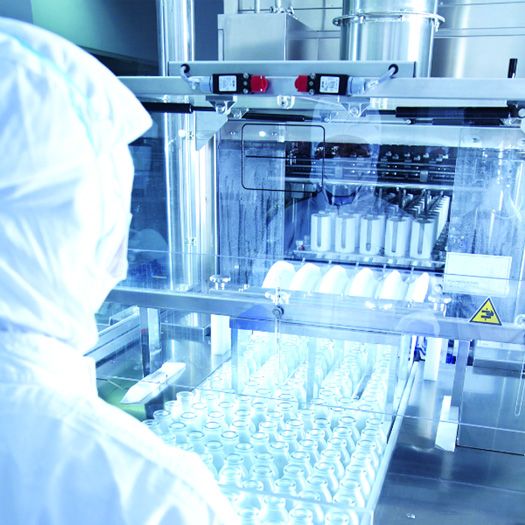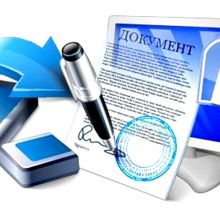EMA Guide on Sterilisation for Medicinal Products, API Excipients and Primary Packaging published
10.04.2019

The purpose of this document is to provide guidance on the selection of appropriate sterilization methods for sterile products. In general, terminal sterilization according to the European Pharmacopoeia (Ph. Eur.) should be the method of choice. However, if it is necessary to use other terminal sterilisation methods, sterilisation filtration or aseptic processing (either alone or when combined with an additional post-aseptic processing terminal heat treatment), this Directive provides the necessary information. This includes the required documentation for sterile finished products, but also for sterile active ingredients and excipients and sterile primary packaging. This concerns meeting authorisation application as well as variation application.
Background Information
Since sterility is a decisive quality characteristic for the product groups above and 100% testing is not possible, sterility must be ensured by using a validated manufacturing process. Usually several factors or process sections are checked, e.g. the bioburden, the sterilisation process, the integrity of the container closure and, in the case of aseptic production, the suitable aseptic technique.
Wherever possible, terminal sterilisation is preferred to filtration or aseptic processing because it provides a reliable level of sterilisation (SAL) for safe validation and is less prone to errors.
Final sterilization is not possible for many biopharmaceuticals or their starting and active ingredients. In these cases, aseptic production under defined manufacturing conditions is accepted. Sterile filtration and aseptic processing are often used in combination and are therefore difficult to separate. In most cases, sterile filtration is followed by at least one aseptic processing step such as filling. In order to concentrate on the most important aspect of filtration and aseptic processing in the individual sections of this guideline, only one of the two steps is therefore mentioned, even if the two steps are interrelated. Aseptic manufacture and/or filtration may also be acceptable in cases where the elimination of terminal sterilization offers an advantage to patients or users.
Content and scope
This Directive concerns chemical and biological medicinal products for human and veterinary use, but does not apply to immunological veterinary medicinal products. It takes into account that the recommendations of this Guideline for the specific properties of Advanced Therapy Medicinal Products (ATMPs) may need to be adapted (e.g. due to difficulties in distinguishing between starting material, active substance and finished product, low quantity of starting substances/active substances or finished products (autologous products and matched donor scenario).
The amount of documentation expected in an ATMP application can be adjusted if a comprehensive risk assessment justifies it.
This document provides guidance on the choice of sterilization method as well as the development and manufacturing data necessary to demonstrate the suitability of the chosen sterilization process. The same principles (choice of sterilization method, development data and manufacturing data) also apply to sterile active ingredients, excipients and primary containers. However, only the information expected in the quality dossier is described, including information on Good Manufacturing Practice (GMP) certificates. GMP requirements that are considered less relevant to the quality dossier, such as environmental monitoring, sterilization of production facilities, etc., are not covered.
This results in the following scope of the document:
- Terminal sterilization by steam, dry heat and ionizing irradiation under the reference conditions of Ph. Eur. 5.1.1.1 "Process for the manufacture of sterile products" or other conditions mentioned in this monograph.
- Sterilization by filtration and aseptic processing.
- Sterilization by gas.
With regard to microbiological questions, this document refers to Bacteria, fungi and bacterial endotoxins. Viruses, mycoplasma, prions and other possible substances that may cause contamination are not detected. For virus testing, reference is made to appropriate guides or documents, e.g. studies to validate inactivation and removal of viruses (cpmp/bwp/268/95)
Further details can be found at "Guideline on the sterilisation of the medicinal product, active substance, excipient and primary container."
Source: www.gmp-compliance.org
Other news

